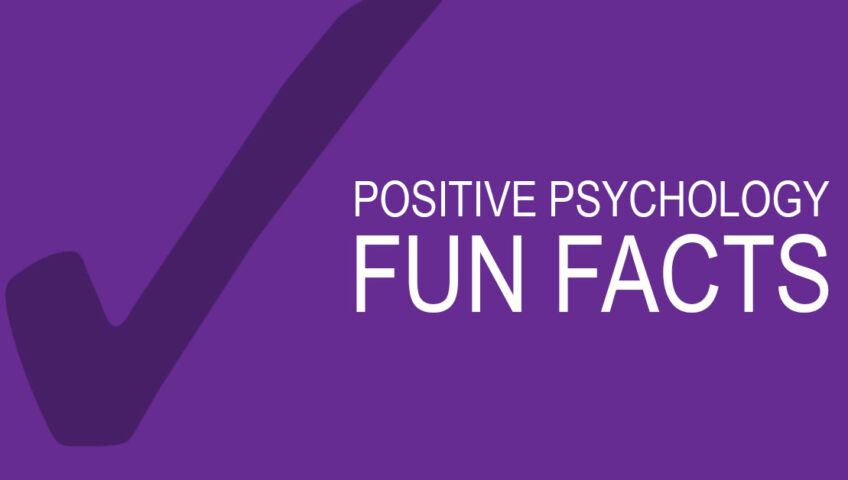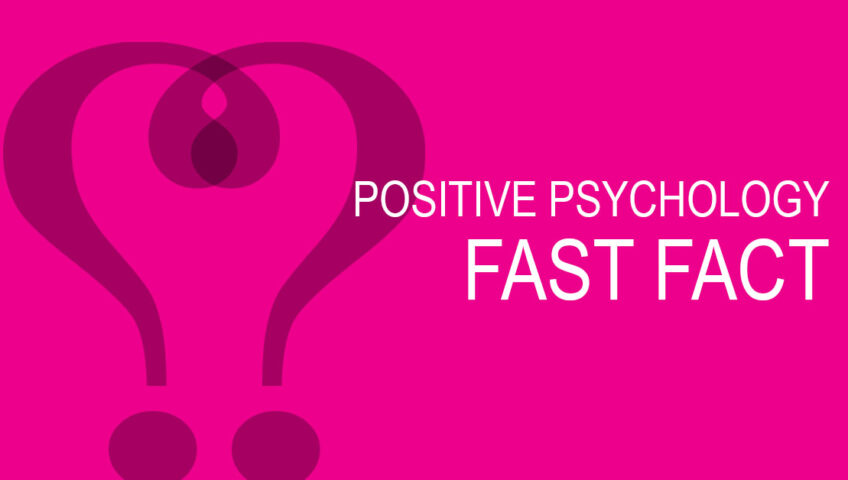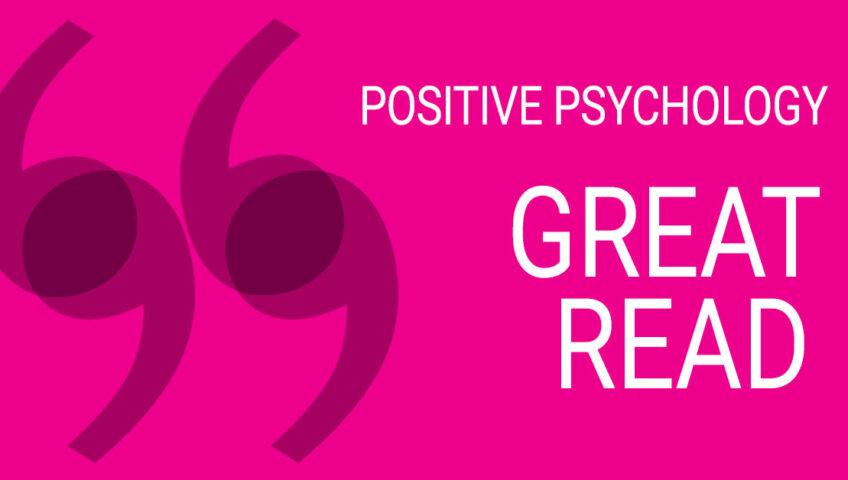As an HR leader, you might find that you are putting a lot of emotional labour into your job. This means that you invest your mental energy and emotions into helping others, regulating wellness and positivity in the workplace. One of the most important things you can do to promote this kind of wellness for yourself is to tune into how much emotional labour you are giving.
HR representatives are expected to keep the organisation and its employees safe. They are also expected to help regulate the feelings of others. There is a way that you can use emotional labour positively to help yourself and the employees under your care.
A study by Matthieu Wargnier shows how emotional regulation can directly improve psychological well-being. Results of Wargnier’s study revealed that HR agents who receive the right support and training, while maintaining authenticity to themselves, are great leaders for employees of an organisation. There are unique challenges that HR personnel face and they can manage people effectively by learning how to manage themselves the right way.
Making positive changes to your work environment can help you avoid any negative impacts of emotional labour. Encourage an environment of speaking and listening, giving equal weight and exchange between every individual. It is critical to understand that actions and reactions play a role in emotional management. The more positive the actions, the better the reactions will be. This doesn’t just remove emotional tension. It also removes the emotional distance between the HR manager and the personnel under their care.
Your emotional regulation skills can improve resilience and give you a more positive outlook when dealing with employees. Overall, this makes for a better work experience for everyone.
Stay in touch with more positive psychology examples with Eleanor Shakiba. Follow her on Facebook or LinkedIn today.
About the author of this article:
Eleanor Shakiba is a master trainer. She specialises in positive psychology techniques such as positive deviance, learned optimism and positive leadership. Eleanor can help you and your people build a thriving business, using evidence-based tools. Eleanor is the author of the Positive Psychology Toolkit for HR and L&D practitioners. She also runs a range of retreats and workshops for trainers and facilitators.










